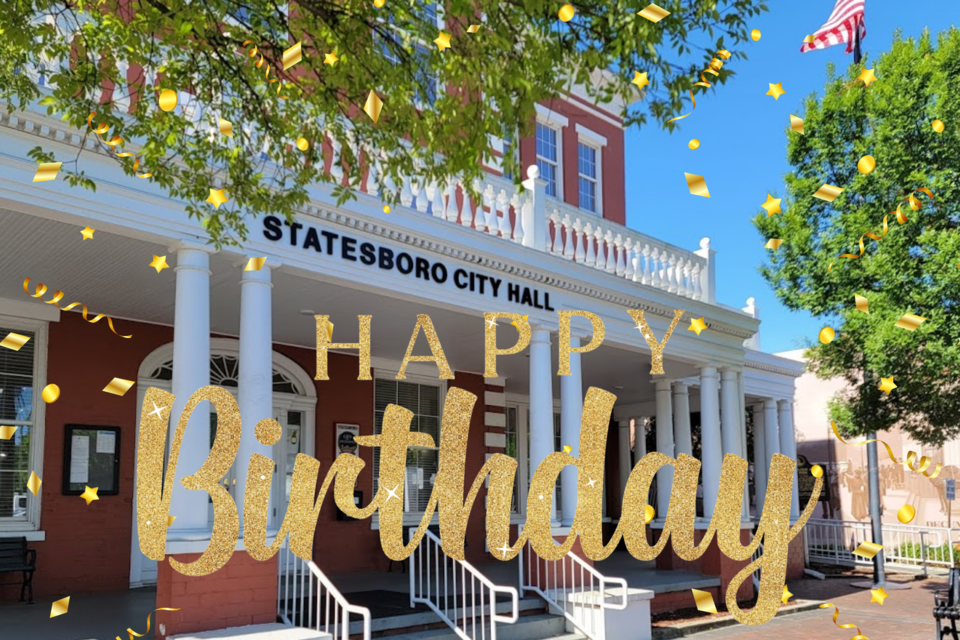On Tuesday, December 19, 2023 the City of Statesboro will celebrate its 220th birthday.
According to a historical marker placed in Triangle Park by the Bulloch County Historical Society, Statesboro, the only town bearing this name in the country, was created on December 19, 1803, as the seat of a young Bulloch County.
Charging just $1.00, Augusta land speculator George Siebald sold 200 acres for the establishment of the town (then Statesborough). Except when court was in session at the county's judicial center, Statesboro's population remained very small during much of the 1800s, with area residents dispersed on farms throughout the pine-forested landscape.
In the decades after Reconstruction, Statesboro put itself on the map of southeastern Georgia, emerging as a commercial hub for the region. Stores, banks, newspapers, and an influential local government developed in the downtown area beginning in the 1880s. The town's first mayor was J. A. Brannen. The Dover & Statesboro Railroad connected the town to the Central of Georgia Railroad and outside world in 1889. The Savannah & Statesboro Railroad opened ten years later.
In the next decade, Statesboro grew into the world's largest inland exporter of Sea Island cotton, a popular and high-quality, long-staple variety of teh fiber. In the first half of the 20th century, Statesboro also ranked nationally in the mule trade and the production of tobacco. Agriculture and education anchor the city's economy to this day.
In the era of the automobile, the tourism industry changed the face and fabric of Statesboro. US Highway 301, the primary route carrying vacationers from the Northeast to Florida, and US Highways 25 and 80 attracted more than 3,640 out-of-state cars per day through Statesboro in 1953. At peak times before the construction of Interstate 95 in 1977, that number increased to over 20,000. Statesboro catered to tourists, with thriving motels and restaurants replacing homes along its major arteries through the mid-century. The city continues this welcoming legacy in its role as a regional center of industry, culture, recreation, medicine, and retail.
Education has also played a formative role in the town's history. In the early 1900s, Statesboro competed against neighboring communities and won the opportunity to host a new institution of higher learning. The First District Agricultural and Mechanical School, now known as Georgia Southern University, was founded in 1906 on a hill south of town. For over a century, the University has served as a magnet and distributor for education, culture, and ideas.




